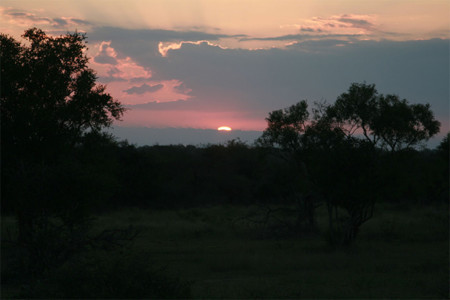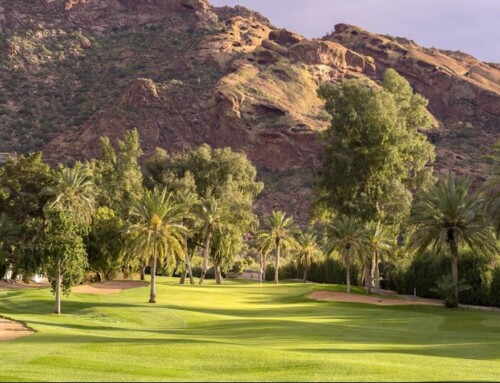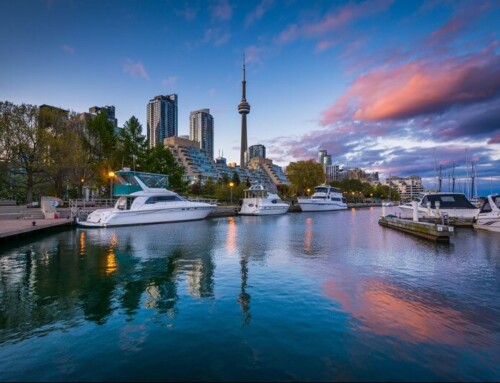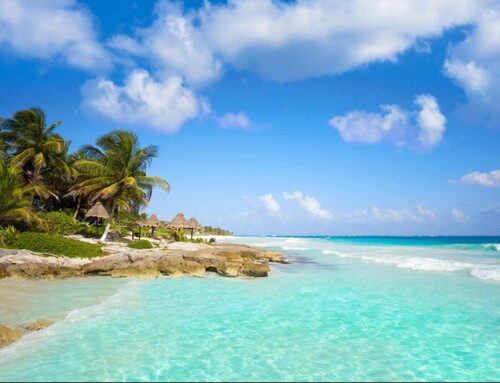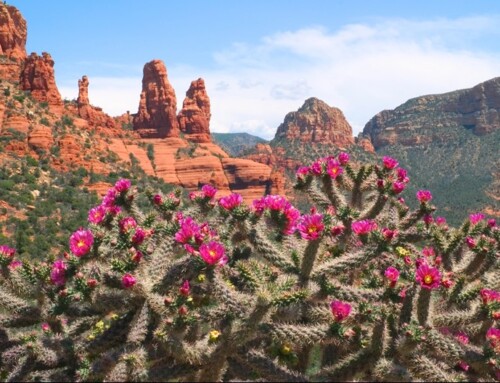No trip to Africa is complete without at least attempting to see each of the Big Five. These five animals—lions, leopards, elephants, rhinos, and water buffalo—were put in this category because of how difficult they were to locate in their natural habitat. Now, however, the Big Five are considered the must-see African mammals. While there are plenty of places where each can be found, we thought we’d help you identify the best safaris to get the job done.
Locate Lions at Tanzania’s Serengeti National Park
The Serengeti National Park is Tanzania’s oldest, and most famous, national park. Established in 1951, it lies in the endless plains of the Serengeti ecosystem and covers 5,700 square miles. Serengeti’s impressive variety of wildlife contributes to its large lion population. The abundance of prey species has helped grow Serengeti’s lion population to over 3,000, the largest population of lions in Africa. This park is also one of the only places in Africa where the lion population is not in decline. If you want to see the king of the jungle, a safari through the grassy Serengeti plains is your best bet.
Spot Leopards at South Africa’s Sabi Sand Game Reserve
Leopards are notoriously difficult for people to find. They are solitary, stealthy, and nocturnal animals, fiercely territorial hunters who spend much of their time alone in trees. However, Sabi Sand Game Reserve is the perfect place to try to find one of these majestic creatures. The first private nature reserve in all of South Africa, Sabi Sand is home to the highest density of leopards in the world. If you’re looking to spot a leopard, this is your best bet.
An Elephant Experience You’ll Never Forget at Botswana’s Chobe National Park
Chobe National Park is Botswana’s first national park, as well as the most biologically diverse. It is said to be home to around 50,000 elephants, the largest elephant population in Africa. What’s more, they’re Kalahari elephants—the largest in size of all elephants. In other words, Chobe has the largest population of the largest elephants. This population has, thankfully, been on the rise since 1990. If you visit during the rainy season, you’ll witness a mass exodus, as the elephants make a 200-km migration to the southeast part of the park.
Ride Alongside Rhinos at Kenya’s Ol Pejeta Conservancy
Rhinos are the world’s second largest mammal, divided into two distinct species—black rhinos and white rhinos. White rhinos are heavier, weighing up to 2500 kg compared to the black rhino’s peak of 1400 kg. Black rhinos are more volatile, yet also more elusive. However, Ol Pejeta Conservancy gives you the opportunity to see both species. It is East Africa’s largest black rhino sanctuary, in 2013 reaching a population milestone of 100. It’s also home to the three-remaining northern white rhinos in the world. Visiting Ol Pejeta also gives you the chance to see Barake, a blind black rhino the conservancy rescued.
Become a Buffalo Buff at South Africa’s Kruger National Park
The Cape or African Buffalo is quite the dangerous bovine—often considered the most hazardous of the Big Five due to their unpredictability. Very social creatures, buffalo live in massive herds that are easy to spot all throughout Africa. Kruger’s National Park, however, is an ideal location. This massive park features a large number of buffalo, especially in the north and south. It was also the source of a viral Youtube video, where a buffalo herd saved a baby buffalo that had been taken by lions and crocodiles.
Ready for adventure in wild Africa? Contact Gavel International for more information about travel incentives and meeting planning in Africa.
This article was last updated on April 5, 2023
- 8 Indicators of a Problematic Meeting Culture – and How to Solve Them - February 3, 2025
- Benefits of Micro-Offsite Events and Tips for Planning Them - January 27, 2025
- Sample a Diverse Selection of Global Cuisine in Toronto, Canada - December 9, 2024

